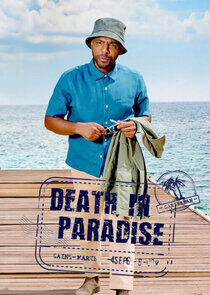Bill Nye: The Science Guy - Season 2
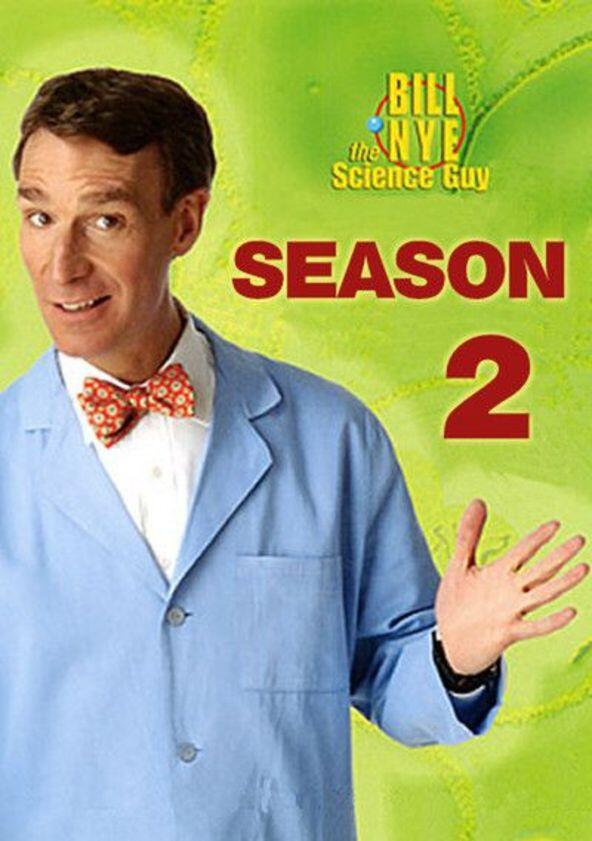
Season 2

Episodes
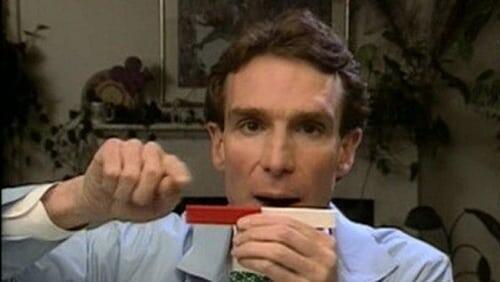
Magnetism
Magnetic fields; how to make a compass; why opposites attract.
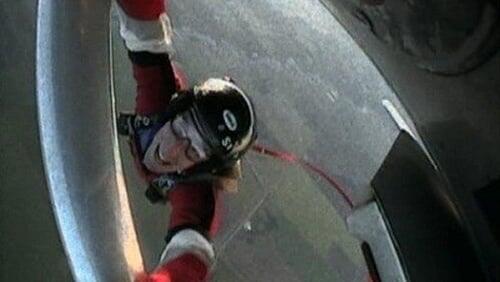
Wind
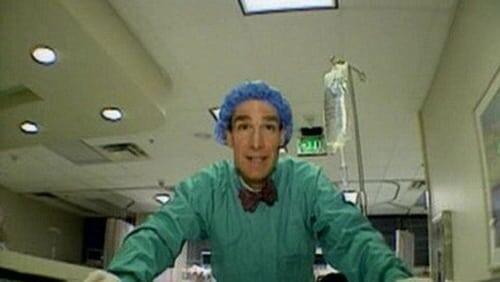
Blood & Circulation
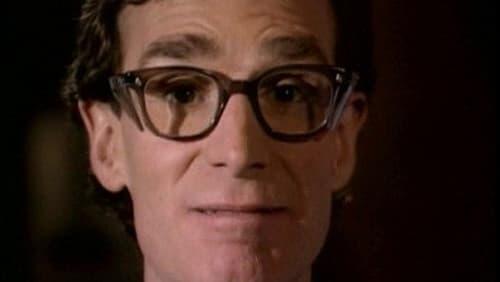
Chemical Reactions
Chemical compositions; explosions; fire; Candace Cameron.
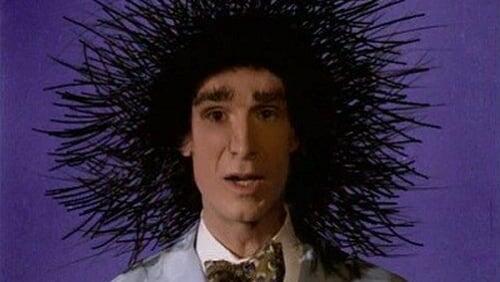
Static Electricity
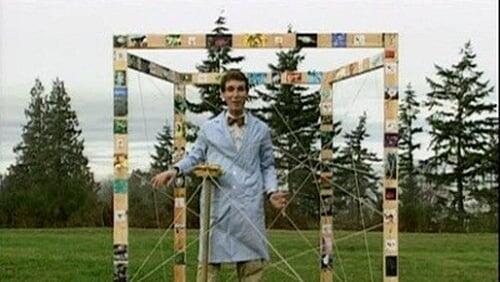
Food Web
Species interdependence; the importance of plants; Alfonso Ribeiro (``Fresh Prince of Bel-Air'').
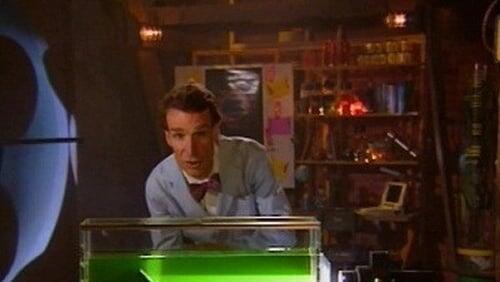
Light Optics
Light travels in straight lines; reflection; refraction; absorption.

Bones & Muscles
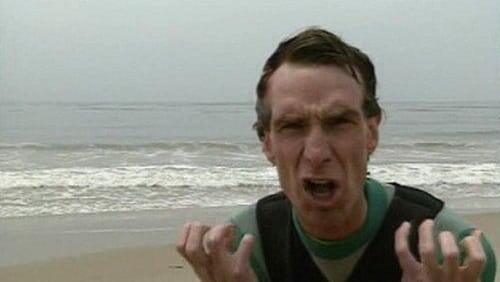
Oceanography
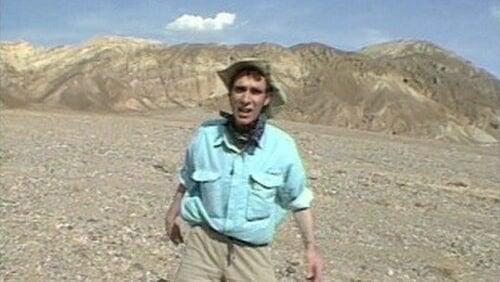
Heat
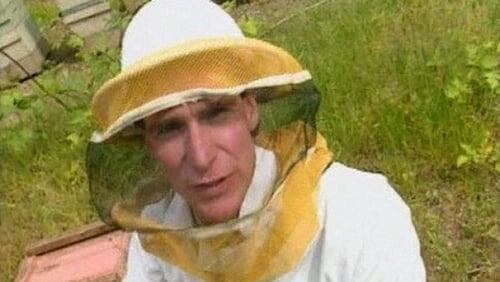
Insects
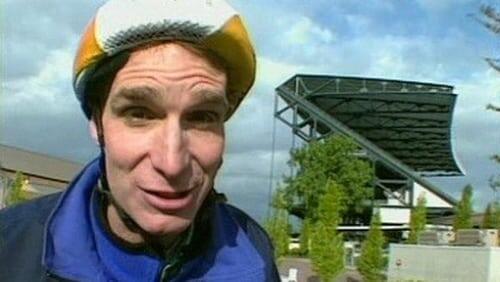
Balance
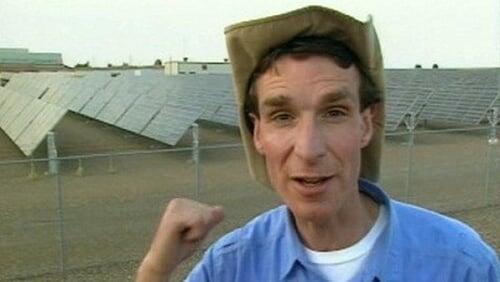
The Sun
The sun provides energy for life.
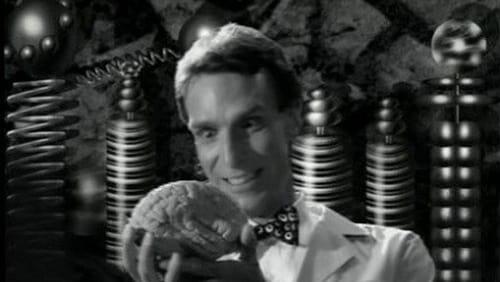
Brain
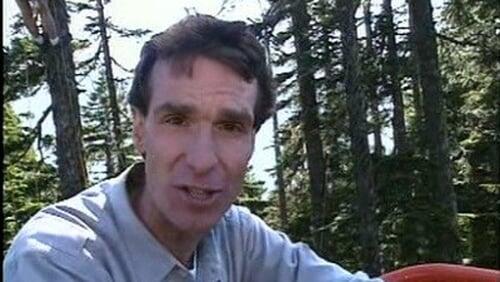
Forests
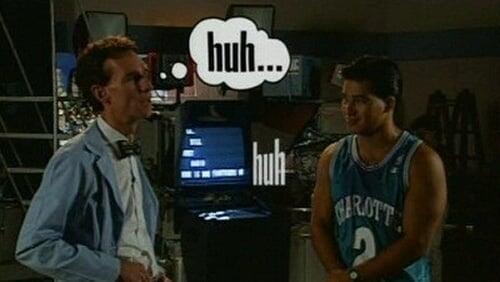
Communication

Momentum
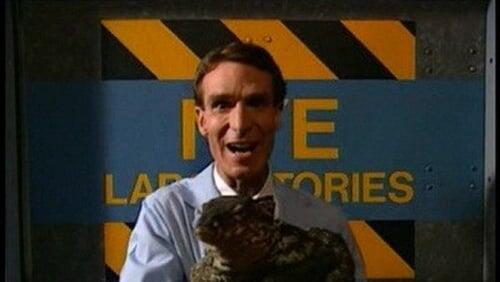
Reptiles
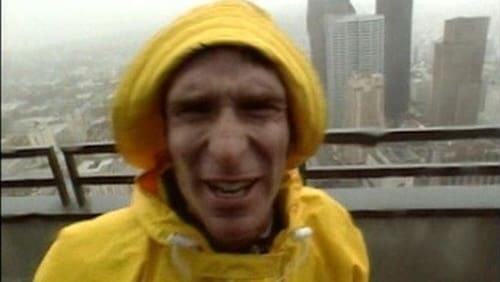
Atmosphere
Atmosphere warms and humidifies the Earth.
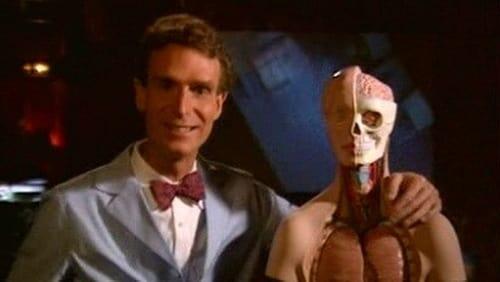
Respiration
Respiration; making a model lung; cigarette smoke; exercise.
Recently Updated Shows
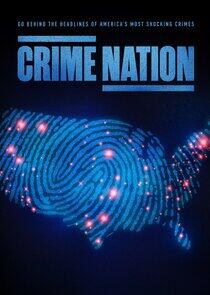
Crime Nation
Redefining the true crime genre, each thrilling two-hour episode delves deep into a riveting true crime sensation that has captured the attention of the nation. Each episode reveals new details about these stories through expert analysis, exclusive reporting and never-before-seen interviews. Also dives into the world of social media by talking to crime enthusiasts, social media sleuths, podcasters and digital detectives who in some instances have used their network to help solve cases.

The Real Housewives of Beverly Hills
The Real Housewives of Beverly Hills offers a glimpse inside the world of luxurious wealth and pampered privilege, where being seen and who you know is everything. These women are in the center of it all and they have the mansions, the cars, and the diamonds to prove it. From heiresses to entrepreneurs to a family of child actresses - they deliver the star power and the drama.

On Patrol: Live
Hosting and executive producing On Patrol: Live is Dan Abrams, CEO and Founder of Abrams Media, host of Dan Abrams Live on NewsNation, Chief Legal Analyst for ABC News, and former host of Live PD. Joining Abrams is Sgt. Sean "Sticks" Larkin, retired Tulsa Police Department lieutenant with nearly 25 years of service, and Deputy Sheriff Curtis Wilson, Division Commander with the Richland County Sheriff's Department in Columbia, SC.
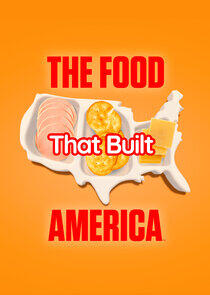
The Food That Built America
For generations of Americans, food titans like Henry Heinz, Milton Hershey, John and Will Kellogg, C.W. Post and the McDonald brothers have literally been household names, but you don't know their stories. Before they were brand names, they were brilliant, sometimes ruthless, visionaries who revolutionized food and changed the landscape of America forever. This miniseries event will tell the fascinating stories of the people behind the food that built America – those who used brains, muscle, blood, sweat and tears to get to America's heart through its stomach, and along the way built cities, invented new technologies and helped win wars.
